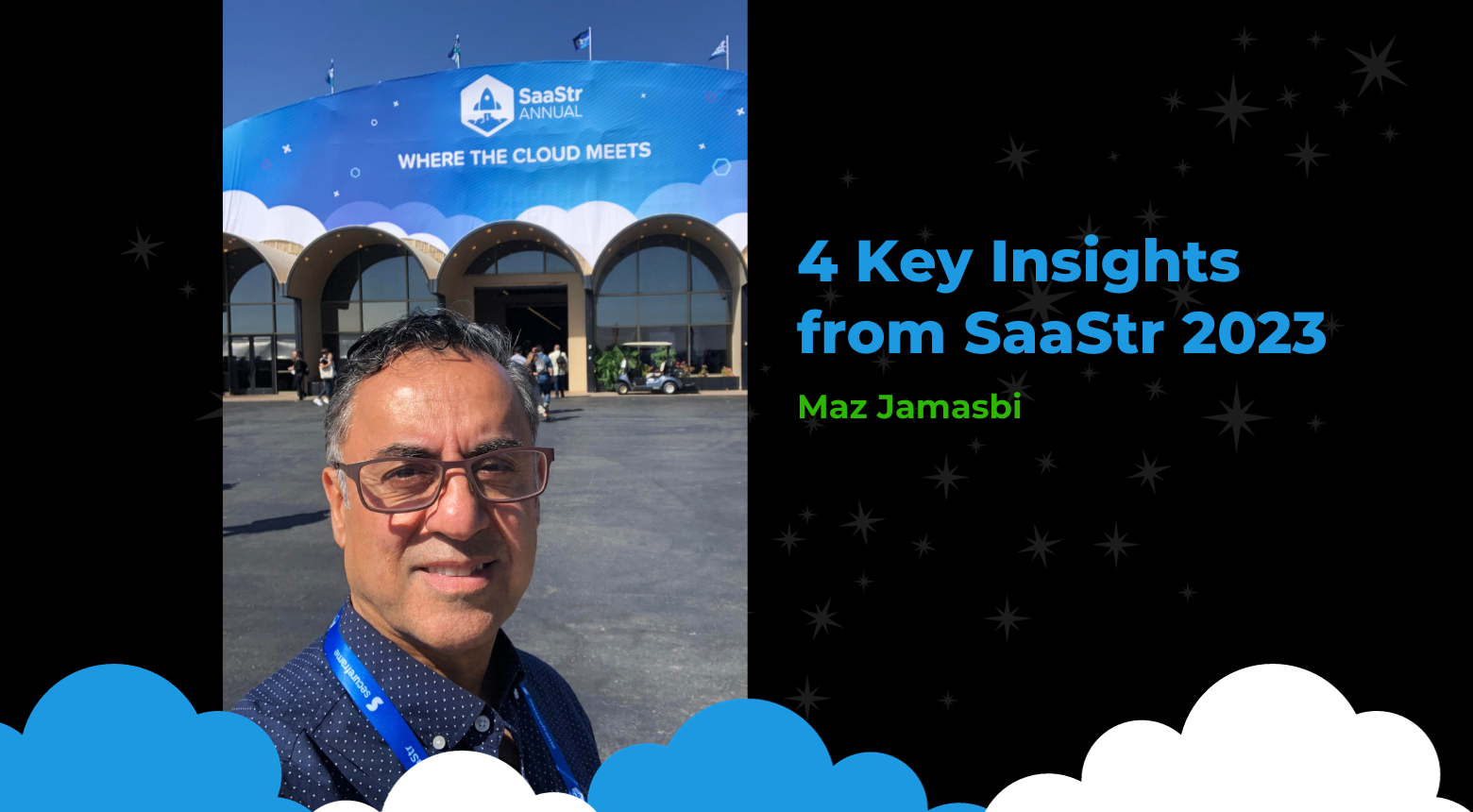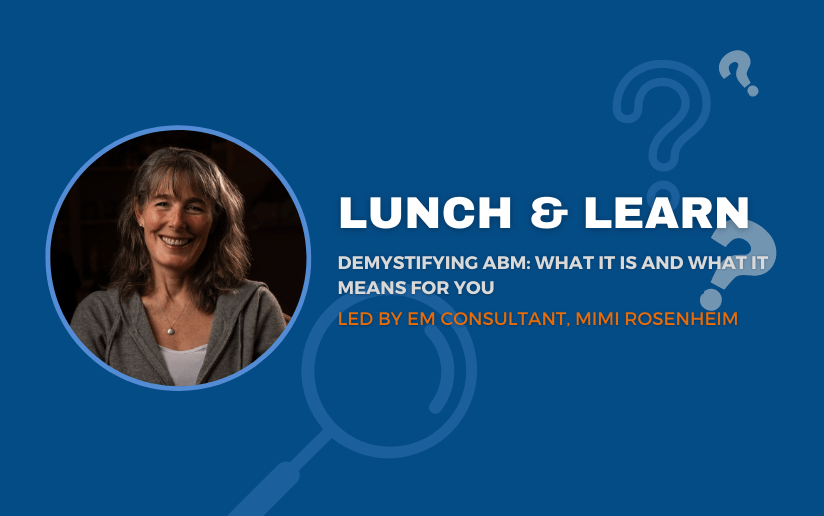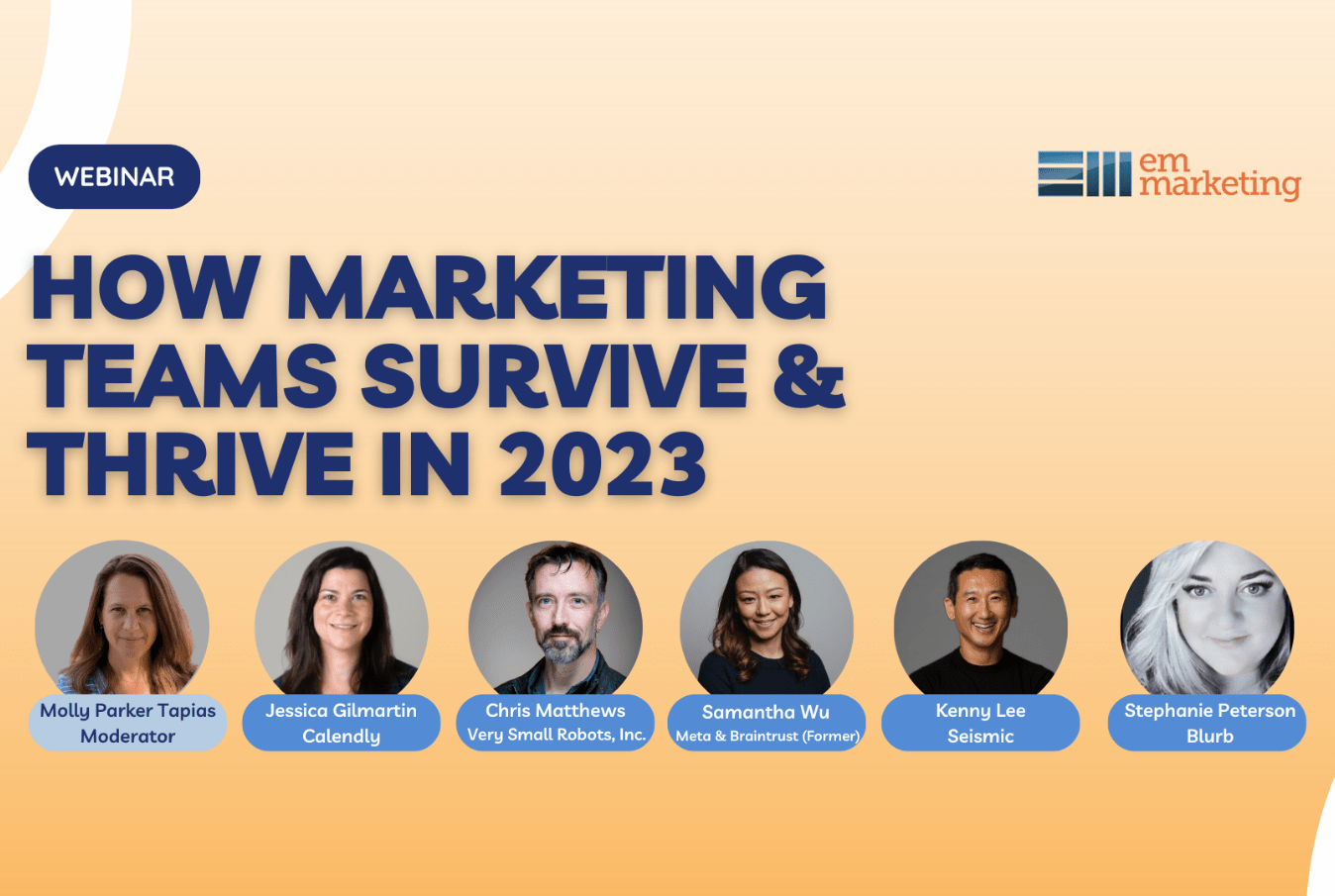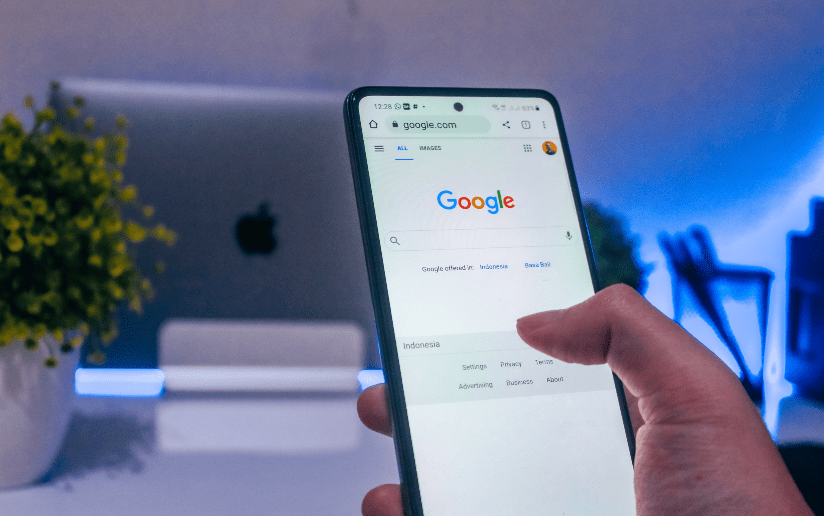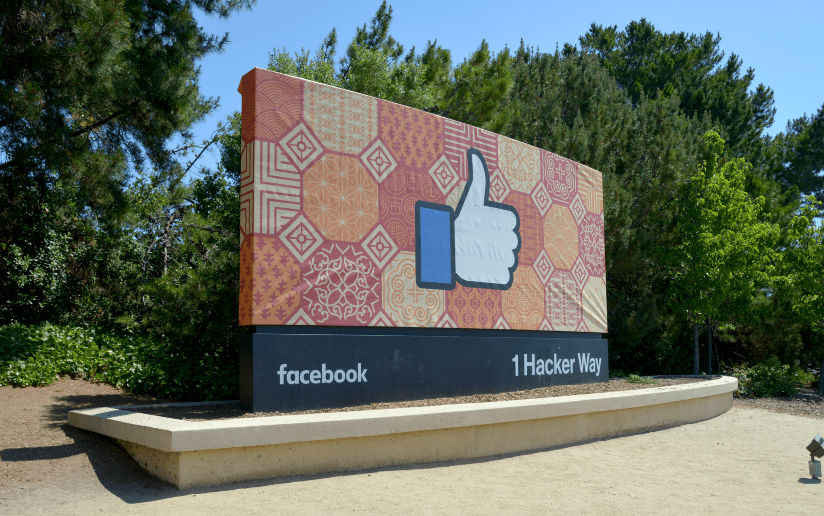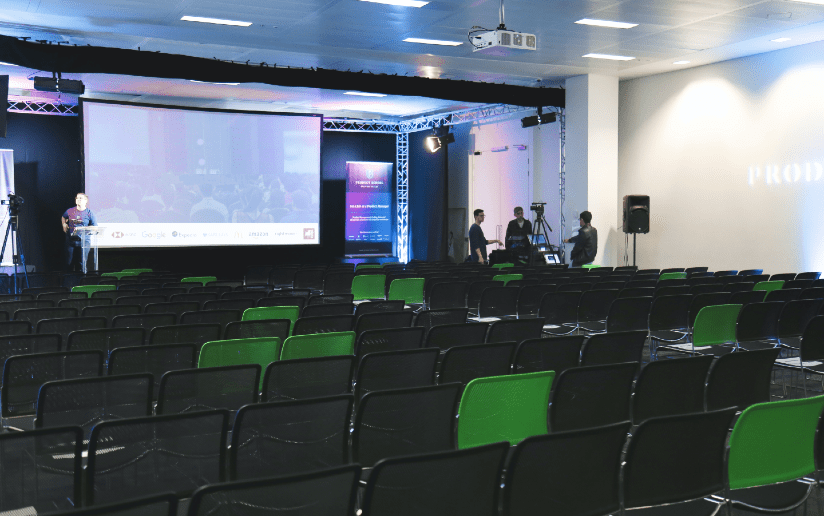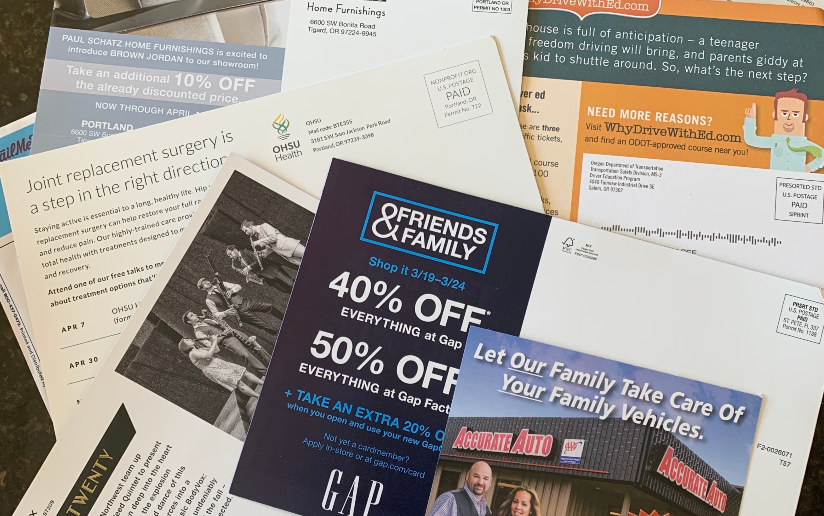
Is Your Digital Agency Paid as Percentage of Media Spend? Watch for These 5 Red Flags
Do you pay your digital agency based on a percentage of the media budget they spend? If so, their incentives may be misaligned with yours, and it can lead to these common mistakes.
Red Flag #1: Blending branded and non-branded search results.
Is your search agency breaking out results by branded versus non-branded terms? If not, they are naive or and possibly even malicious. Why?
Let’s say you’ve bought the branded Google search ad for your company name, “Acme Bird Seed.” And you’re getting very cost-effective conversions on it. Your agency can take credit for the clicks as part of the overall search campaign. The vast majority of the time, the consumer had previously heard the company name and is simply using search to navigate to your site.
Non-branded search terms such as “bird seed” typically have more competition. This leads to a much lower conversion rate and hence higher cost per conversion compared to branded terms. If the paid branded search results are blended with the non-branded search terms, the average cost is low. The result is flattering to the agency… and also misleading. Always split out branded and non-branded search results.
Red Flag #2: Paying too much for branded search terms.
Branded terms may seem to drive cheaper conversions. However, once you’ve calculated their incremental lift, they’re often not cheap. If the branded ad wasn’t there, 95 times out of 100, the consumer would scroll down to find the organic, free search result for “Acme Bird Seed.”
The other five times, the wording of the ad or the position at the top of page above the competitor terms actually did drive a sale you might not otherwise have gotten. So when you buy the branded ad, in effect you are paying for 100 clicks on the ad, but only five are incremental to the organic results you would have achieved anyway. To account for the actual incremental value, you would need to adjust your bids down to 5% of the typical Cost Per Acquisition (at which point your ad will likely shut down anyway).
You can run geographic holdout tests with your campaign, then measure the combined effects of the organic and paid results to help calculate this incremental lift. I’ve worked at a couple of companies where turning off the branded search terms saved hundreds of thousands of dollars per month with no significant change in acquisition numbers.
Red Flag #3: Overpaying for customers from retargeting ads.
Are you paying too much for new customers coming from retargeting ads? Some marketing experts tout these type of ads as providing amazing click-through rates, higher conversion rates, and better ROI.
The truth of the matter is that you end up paying for customers who would have bought the product even if they haven’t seen the ads. As a rule of thumb, you should only pay about 10% of the cost per acquisition using retargeting ads compared to what you’d pay for a truly new customer.
I’ve written a separate post on figuring out the cost-effectiveness of your retargeting campaign and how to run a holdout test to measure it accurately.
Red Flag #4: Allocating budgets properly; splitting up campaigns, ad groups, and ad sets too much.
In the financial world, asset allocation involves dividing an investment portfolio among different asset categories, such as stocks, bonds, and cash. You also put the right amount of money into each one so you get the best growth over time. You can apply this concept to online ad campaigns too.
When allocating your budget, you can choose different channels and campaigns to drive sales. Some combinations of channel and campaign will drive sales at a low cost per acquisition. And some of them will drive a few sales but at a higher cost.
I have often seen hundreds of ad sets or ad groups with very small budgets and very sparse conversion numbers. After a month or two, these groups of ad sets perform very differently, but they continue to have similar daily budgets. This implies that the daily budgets have not been balanced well. Adjust the budgets often so that poorly-performing ads are starved of budget and great ones are given more to spend.
If your agency is not closely monitoring what this, you could be spending too much money on poorly-performing campaigns and not enough on ones that are performing well. Every couple of months, take a look at the big picture. Make sure you’re allocating the media budget appropriately across the different channels, then campaigns, then ad groups and ad sets. Done right, your average cost per acquisition should go down because you’re putting money in more effective places.
Red Flag #5: Optimizing campaigns towards a goal that’s too high in the sales funnel.
E-commerce campaigns are easy to track because sales happen on the website, and the pixel-based conversion tracking fires immediately. With B2B companies, the sales cycle is longer and does not necessarily happen on the website.
Let’s say a customer has filled out a form on your website, and it’s counted as a lead. If the actual sales data is not tied back to the original campaign, then you will likely start optimizing towards high volume and low-quality leads. I’ve seen this over and over again. The digital agency or internal team drives high volumes of leads (often from display or affiliate campaigns). But these leads are very poorly qualified and rarely turn into sales.
Another common refrain from the team buying the leads is, “We didn’t have access to the sales information.” If that is the excuse you’re hearing, you’ve got the wrong people working for you. You need someone who is going to dig until they have the right information to make the right decisions.
Finding the right conversion data and tying it back to the ad campaigns can be complex but possible. Personally, I’ve embedded myself into organizations sufficiently to work through bottlenecks and get the information needed to figure this out.
Bonus Red Flag #6: Spending money on a branding campaign without measuring its effectiveness.
Want to spend money on a brand campaign? You should have criteria as to whether it’s worth doing or not. If you’re trying to increase awareness and brand lift, do you have enough budget and money to move the dial?
Brand awareness campaigns can cost in the tens, possibly hundreds, of thousands of dollars. You shouldn’t start a brand awareness campaign without building in a system of measurement for its effectiveness. For example, to measure brand lift, you can use Google consumer pre- and post-campaign surveys. If your ad budget is big enough, your ad rep can help set up brand lift studies on Facebook and Google. Just don’t use the excuse, “It was for brand awareness,” to get out of trying to measure the effectiveness.
Conclusion
Ask the team managing your digital budget about these common mistakes. Are their incentives aligned with yours? Do they make more money by spending more?
The EM Marketing team typically offers project- or retainer-based fees rather than charging a percentage of media spend. We are happy to conduct a high-level review of your digital account structure and practices and help ask the questions.



